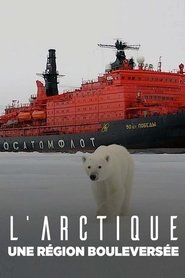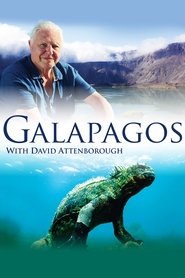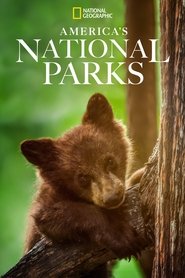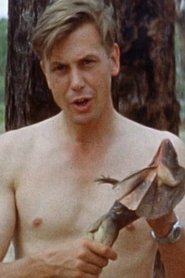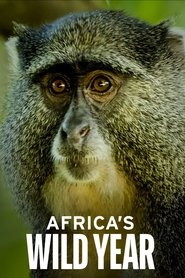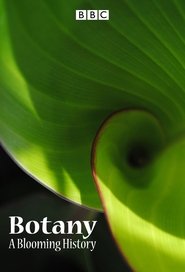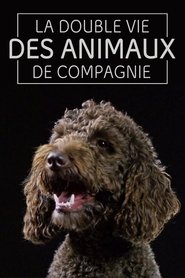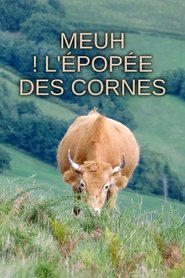

Trials of Life - Season 1 Episode 1 Arriving
Season - Episode
-
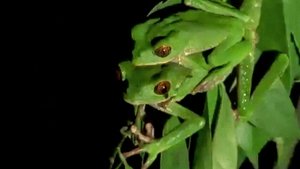 1 - 1Arriving Oct 04, 1990
1 - 1Arriving Oct 04, 1990 -
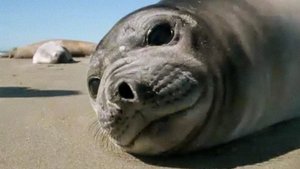 1 - 2Growing Up Oct 11, 1990
1 - 2Growing Up Oct 11, 1990 -
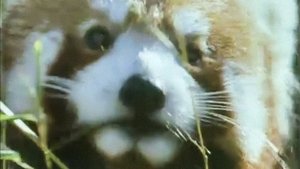 1 - 3Finding Food Oct 18, 1990
1 - 3Finding Food Oct 18, 1990 -
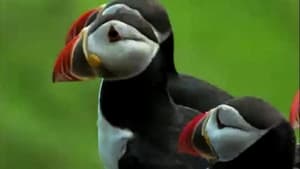 1 - 4Hunting and Escaping Oct 25, 1990
1 - 4Hunting and Escaping Oct 25, 1990 -
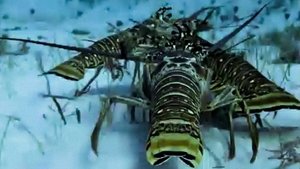 1 - 5Finding the Way Nov 01, 1990
1 - 5Finding the Way Nov 01, 1990 -
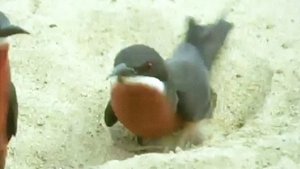 1 - 6Home Making Nov 08, 1990
1 - 6Home Making Nov 08, 1990 -
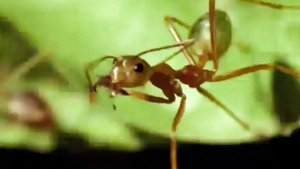 1 - 7Living Together Nov 15, 1990
1 - 7Living Together Nov 15, 1990 -
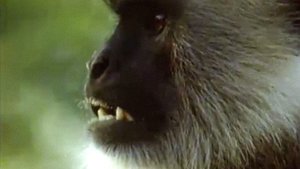 1 - 8Fighting Nov 22, 1990
1 - 8Fighting Nov 22, 1990 -
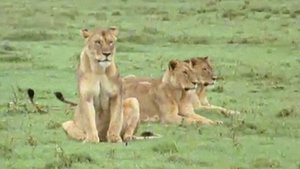 1 - 9Friends and Rivals Nov 29, 1990
1 - 9Friends and Rivals Nov 29, 1990 -
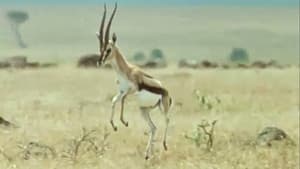 1 - 10Talking to Strangers Dec 06, 1990
1 - 10Talking to Strangers Dec 06, 1990 -
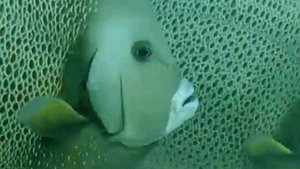 1 - 11Courting Dec 13, 1990
1 - 11Courting Dec 13, 1990 -
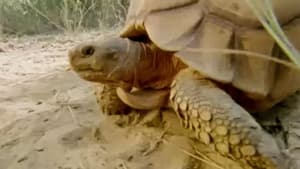 1 - 12Continuing the Line Dec 20, 1990
1 - 12Continuing the Line Dec 20, 1990
-
 0 - 1The Making Of The Trials Of Life Jan 01, 1970
0 - 1The Making Of The Trials Of Life Jan 01, 1970
Overview
The first episode examines the various methods by which creatures come into the world. Attenborough’s opening statement alludes to the annual spawning of the Christmas Island red crab, of which there are estimated to be some 120 million. The exercise is all the more hazardous since the species is a land crab, and the eggs have to be deposited in the sea - where the most ancient animals on the planet still live and breed. One of the most prolific aquatic egg producers is the giant clam, but some land animals also lay vast quantities, and the mantis is one example. In the Western United States, Attenborough observes a wasp that digs a burrow, conceals it, and stocks it with fresh caterpillars for her emerging young. The grubs of another start life inside caterpillars, and eat the unsuspecting hosts. The problems of larger animals are illustrated by snow geese in the Arctic, which have to defend their eggs from arctic foxes. The process of embryonic growth inside the egg, from laying to hatching, is shown in detail. The malleefowl warms its eggs with rotting leaves, and Attenborough demonstrates the care with which it regulates them by adding sand to its mound - to have it kicked back in his face. The sea louse is a crustacean that commits suicide: its grubs consume so much of the mother’s energies that she dies after birth. Mammals shown giving birth to fully formed young include wildebeest, antelope, sea lions and chinchillas.


